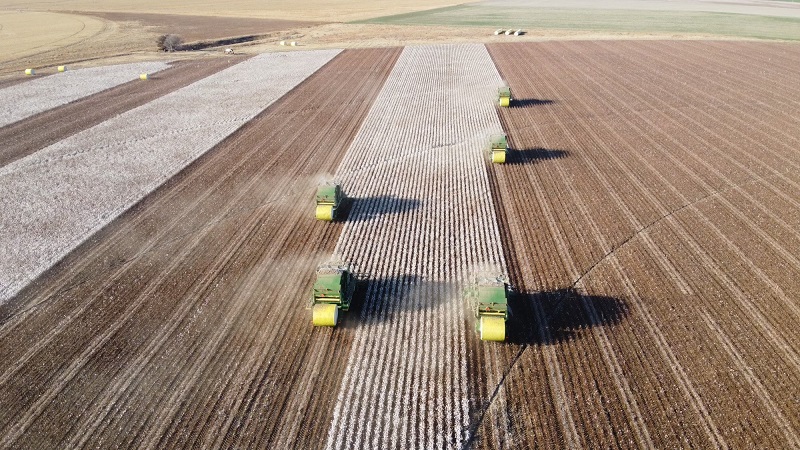Are Prospects Improving for 2024 Cotton Production?
Well, that was fun, wasn’t it?
Following a memorably disastrous year for cotton in 2022, hopes were high for 2023. Good soil moisture for planting in most places. Adequate, but stable, cotton prices for the year. A few price breaks here and there for some key inputs. And, as always, hope.
That hope was severely tested by summer as the early season rains disappeared and relentless summer heat set in across most of the Cotton Belt. For the second consecutive year, dryland acres suffered, especially across the Southwest and parts of the lower Mid-South and Southeast. When rains came, they usually came at the wrong time — seemingly too much, too soon, or too little, too late.
As Dr. John Robinson, Texas A&M AgriLife Extension Cotton Specialist, put it, “It was a disappointing year in the sense that people were hoping they could help make up for the drought disaster of 2022. Well, 2023 wasn’t that make-up year. I think farmers had their hopes up for good production because of the rain that came in April and May. It was sort of like a kick in the gut.”
Overall, the season was adequate, but not outstanding, Strong yields in some geographies and reduced yields in others. Now come the decisions on acres for 2024, cropping plans, and moving ahead for another season.
One potentially bright spot heading into this year is the likelihood that the long-awaited El Niño weather pattern appears to be strengthening for 2024. In fact, it’s being described as the first strong El Niño since 2015. And that’s good news for the drought-stricken areas of the Southeast and lower Mid-South.
“During El Niño, the jet stream typically brings more rain and clouds to our state during the cooler months of the year, increasing chances to build soil moisture and benefiting cotton growers moving into the next growing season,” says John Nielson-Gammon, Texas State Climatologist and Director, Southern Regional Climate Center Department of Atmospheric Sciences, Texas A&M University. “We generally expect, or at least have better hope, for plenty of moisture in the ground in the spring after an El Niño. By the time summer rolls around, soil moisture starts decreasing. But the more we start out with, the more we will end up with if and when that rain returns.”
Another item to watch in 2024 is continued debate and negotiations on a new farm bill. The current farm bill expired in late 2023 and was extended by Congress for another year. There’s still work to be done to finish the legislation, but Congressional gridlock — and an election year — won’t make it simple.
“If you look at what farm groups are asking for, it’s not a lot different than the existing farm bill,” explains Dr. Darren Hudson, Combest Endowed Chair, Director of the International Center of Agricultural Competitiveness, and Interim Associate Dean of Research, Texas Tech University, and a frequent advisor to the House and Senate Agricultural Committees.
“The sticking point is you’re working with the Congressional Budget Office numbers, and conservation groups are a bit more animated than in the past. I still think that conservation will end up looking a lot like what conservation currently looks like, and they’ll probably tweak some things in crop insurance. The issue is we have a continuation, but the reality is they could get that bill done really quickly.”
Happy 2024! Fingers crossed for a smoother ride this year.









